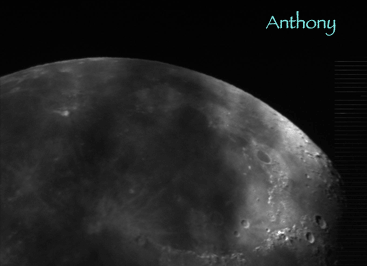Useful things for RV observers include:
- instructions for using our set-up to observe;
- a target list of M dwarfs;
- and the local observing forecast.
Data
We observe variable stars and process their data to create light curves that are contributed to the AAVSO and other astronomers studying variable stars.
All data we collect are available for use by the scientific community and the public. Please contact us at rv{at}astro.columbia.edu for information on how to properly cite Rooftop Variables and to let us know how our data was used.
At present we do not have a search engine. Observation information can be found in the WHO Logs.
All data are available here.
- For each night of data, there is a subdirectory for darks, a subdirectory for flats, a subdirectory for raw target images and a subdirectory for processed target images
- Raw target files will be named: Target_B00xx_00yy.fts (e.g. Gl412A_B0001-0024.fts), where xx is the number of the series of exposures (starting with 01), and yy is the exposure number in a given series (starting with 01). There is also a file called Target_B00xx.fts (e.g. Gl412A_B0001.fts) for each series which is a coadded image of all the exposures in a series. Unfortunately, this is often garbage because the software doesn't always align the images in the series properly before coadding them.
- Calibrated target files will be named: Calibrated_Target_B00xx_00yy.fts (e.g. Calibrated_Gl412A_B0001-0024.fts). Whenever the software flat-divides and dark-subtracts, it appends a "Calibrated_" to the beginning of the original filename.
- Darks will be named: Dark_*.fts (e.g. BettyDark0004.0_017.0_.fts). The longest exposure Dark should be used.
- Flats will be named: Flats00xx-00yy.fts (e.g. Flats0001-0001.fts) in a similar way to the raw target files. After we have processed and coadded the flats and we are happy with them, we save this master flat as finalflat.fts.
Sample Images

Training Session Activities and Handouts
Telescopes & Optics:
- A Brief History of Telescopes (introductory handout)
- Telescope Interiors and Mounts: A Comparison
- To introduce Alt-Az and Equatorial mounts and explore how they differ, when they are appropriate, etc.
- To discuss different types of telescope models (refractors, reflectors, etc.) with a focus on how light travels through each.
- Magnification and Field of View: An Introduction
- Exploration through the use of eyepieces of the relationship between magnification and field of view.
- Using an Optics Bench to Build a Telescope
- A brief explanation of optics and lenses, and in particular of focal lengths and image inversion.
Navigating the Sky, Coordinates, & Distances:
- Orienting Yourself on the Sky (handout)
- Understanding the Celestial Sphere
- An exploration of celestial spheres that highlights that, while incorrect in their cosmology, they can help visualize the way the sky seems to move as viewed from Earth.
- From the Celestial Sphere to the Planisphere
- A bridge from thinking about the sky motions with the celestial sphere to actually using those motions in a useful way on the planisphere.
- Starry Night and Sky Visualization
- Using the computer program “Starry Night”, participants explore how the Earth's motions are manifested in the sky we view.
- An Introduction to Parallax
CCDs:
- History of Astronomical Detectors (handout)
- A Guide to CCDs
- A hands-on experiment which treats the CCD as a grid of buckets to be filled with “photons” (beans).
- Adapted by Liz Castelli for use with middle-school students; available here.
- CCD Images - A Tutorial
- Discussion and manipulation of real CCD images. Review of flats, darks, and images.
- CCD Image Processing - An Introduction
- Short introduction to astronomical data processing.
Useful Resources
- The Astronomical Society of the Pacific (sign up for The Universe in the Classroom and check out their "Activities" page)
- The University of Washington's Introductory Astronomy Clearinghouse (another good places to find activities and labs)